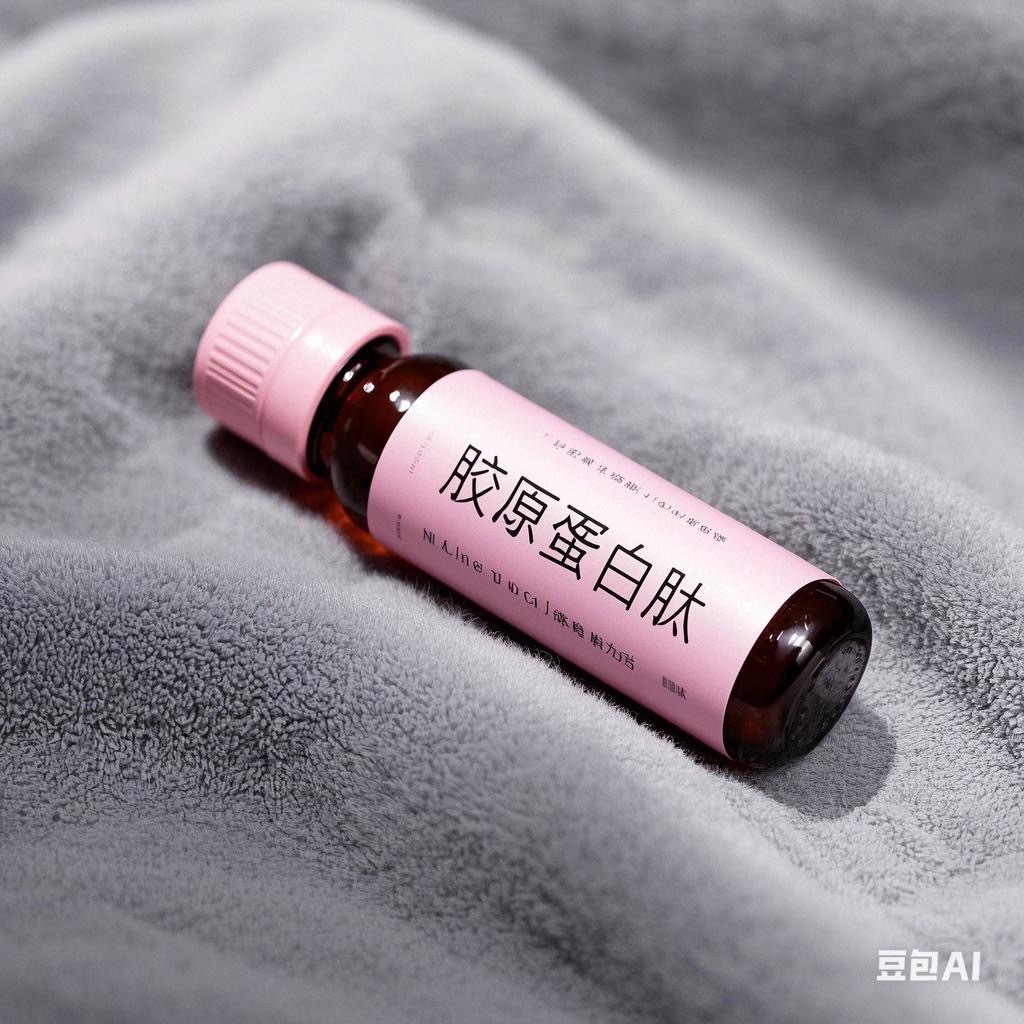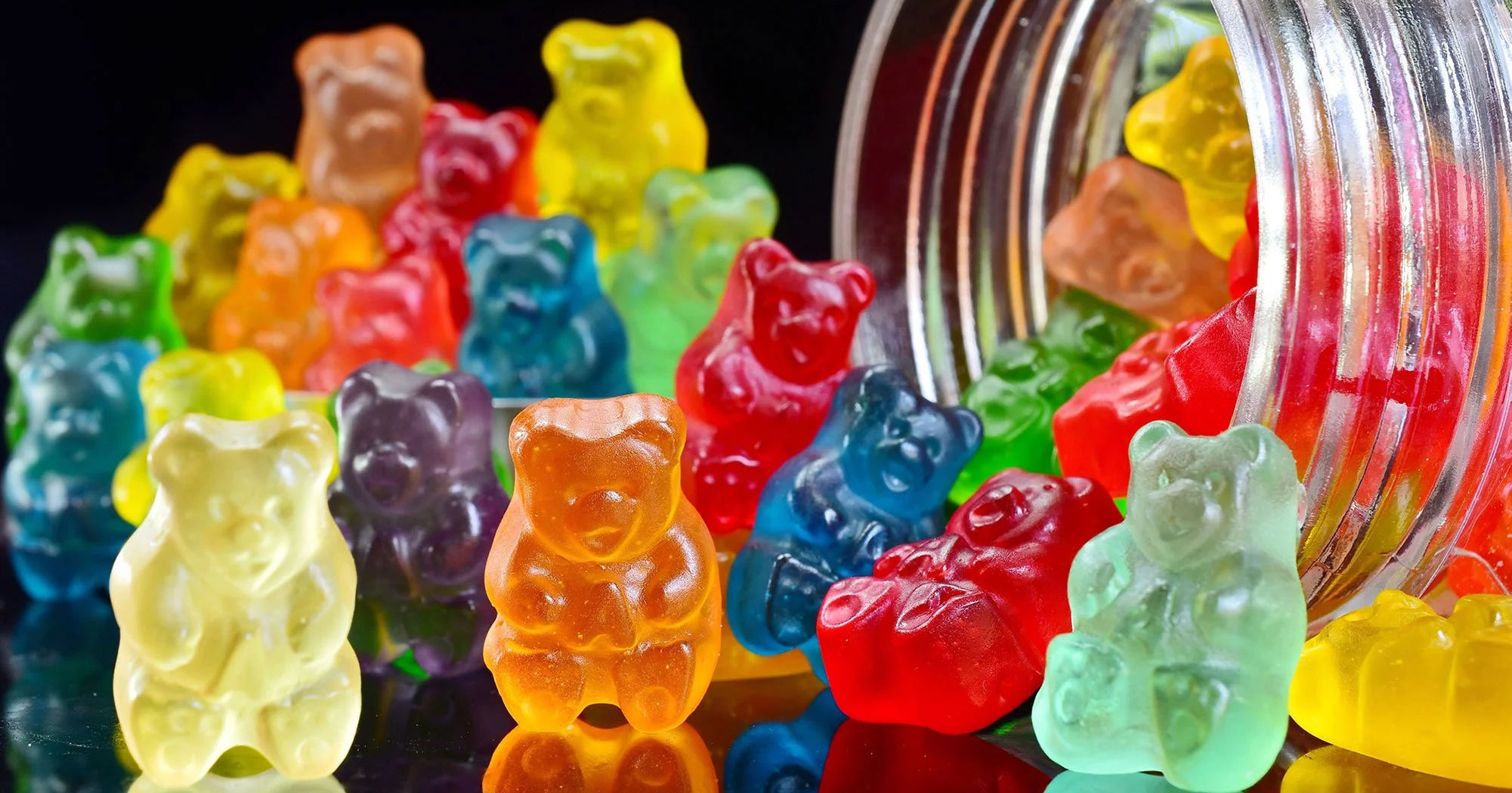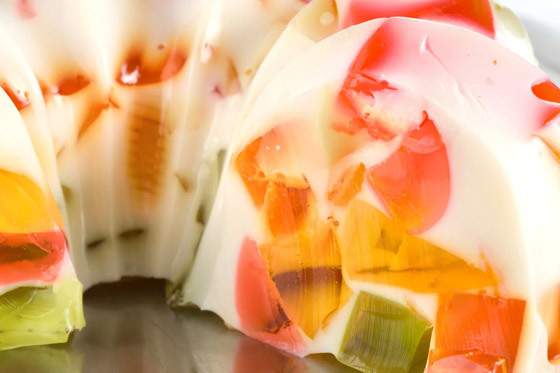新闻中心
食用明胶的功能及其在肉类加工中的应用
发布时间:
2020-07-21
Edible gelatin is a widely used food additive in the world, especially in countries with relatively developed food industry. Edible gelatin is used in almost all foods. The application of edible glue in meat processing can improve the physical properties of meat products, increase the binding and water holding capacity of meat products, give meat products a good taste, and also improve the yield of meat products.
There are many kinds of edible gelatin used in meat products, which are made from plants and algae, microorganisms and animal substances respectively. At present, there are more than 60 kinds of food gum allowed in the world, and about 40 kinds allowed in China. The most widely used edible gum in domestic meat products are carrageenan, xanthan gum, guar gum, agar, gelatin, sodium alginate, locust bean gum and konjac gum.
The Role of Edible Gelatin in Meat Products
Gel preservation of gelatin
Water retention is an important characteristic of most meat products. Meat products with poor water retention have rough taste, poor slicing and low yield. The water holding capacity of meat can be increased by adding substances that have strong affinity with water. Usually the ingredients added in meat products are starch, soybean protein, etc. The water absorption ratio of starch is 1:2; the water absorption ratio of soybean protein is 1:4; and the water absorption ratio of edible gelatin can reach dozens of times. This is because the molecular structure of edible gelatin contains strong ionic groups, which can form additional hydrogen bonds with free water. At the same time, gelatin can react with protein to form a powerful three-dimensional structure, gel. In this way, edible gelatin can firmly "lock" the free water, in the process of heating, sterilization, shearing, and so on, the water will not be lost in large quantities.
Protective effect of edible gelatin on protein
Proteins in meat products are divided into water-soluble protein, salt-soluble protein and hard protein, which give meat a pleasant taste. But after a long time of processing and heat treatment, many proteins will undergo denaturation and decomposition. If the water holding capacity of meat is poor, the loss of protein and flavor will be greatly affected, and the poor texture of meat products such as dehydration and shrinkage will be caused. Edible gelatin can react with the polar part of protein (amino acid). It can effectively combine the water-soluble protein, salt soluble protein and other protein added into the gel system formed by the edible glue, plus the water retaining function of the edible gum, thereby maximizing the taste and olfactory molecules in the meat products, and making meat. The products are elastic, resilient, tender and juicy.
_Enhancing the Stability of Dispersion System
When emulsified and stable food gum is added to gravy, the viscosity of the system increases, and the dispersed phase in the system is not easy to aggregate and agglomerate, so the dispersed system can be stabilized. The action mode of food gum in gravy is usually not based on the hydrophilic-lipophilic equilibrium mechanism of general emulsifiers, but mostly through thickening and increasing water phase viscosity to prevent or weaken the migration and polymerization tendency of dispersed oil globules. Some food gums, such as Arabic gum and gelatin, can also stabilize the emulsification by protecting and covering the colloid, that is, the colloidal particles are absorbed by the system and form a coating layer around the dispersed spheres or particles, and the charge surface is evenly distributed to the coated particles to make them repel each other and form a dispersed stabilizer. Department. Some hydrophilic colloids can play the role of surfactants, which can reduce the surface tension of the system to achieve the function of emulsifying stability.
_as a coating agent for meat products
Food gum can be used as a coating agent, covering the surface of meat products. It is usually eaten together with acids and preservatives. It can form a protective film on the surface of food to protect meat products from the effects of oxygen and microorganisms, and play the roles of preservation, freshness, fragrance preservation or polishing. For example, the meat surface of small packages of chilled meat can be coated with a mixed preservative consisting of edible gum, lactic acid or citric acid, potassium sorbate, etc. After cooling, a protective film can be formed, which can prevent water evaporation, prevent microbial invasion and prolong the shelf life of chilled meat. Edible gum can also be used to produce edible film, such as sausage. Casing. In this regard, the commonly used edible gums are Arabic gum, CMC, chitosan, pullulan and so on.
Edible glue commonly used in meat products
Carrageenan
Carrageenan products are generally white or light yellow powder, odorless, tasteless, and some products have a slight seaweed taste. There are seven types of carrageenan. Kappa-carrageenan is commonly used in China. Carrageenan has good solubility. All types of carrageenan can be dissolved in hot water. In cold water, the sodium salts of carrageenan and carrageenan can also be dissolved, but the potassium salts and calcium salts of carrageenan can only absorb water and expand but can not dissolve. The gel formed by carrageenan is thermally reversible, that is, heat condenses and melts into solution, and when the solution is released, it forms gelatin.
Carrageenan is widely used in the production of meat mince and ham products. It can improve the water retention of the product, and because it can complex with protein, it provides a good organizational structure, so that the product has fine, elastic, good slicing, moderate toughness and crispness, tender, smooth and refreshing. Carrageenan is a necessary additive for making ham sausage and ham.
When carrageenan is used in ham, stewed meat and other bulk products, saline injection method is used to marinate them. Mixed salting agents were dissolved in water, then 0.3% - 0.4% carrageenan was added to make them fully dispersed, absorbent and dissolved to form a salting solution. Then the salting solution was injected into human meat by a multi-needle saline syringe and rolled in a vacuum kneader to infiltrate into the meat tissue. During operation, carrageenan must be fully dissolved and dispersed. Otherwise, there may be some bad phenomena such as the blockage of the syringe needle and the emergence of gel blocks in the finished products.
When carrageenan is used in fashionable products, mixed salting agents and carrageenan can be dissolved and prepared into a salting solution, which can be salted at 0-4 ~C and then chopped. When carrageenan is used as an adhesive for reconstituted meat products, the crushed meat of livestock and poultry is first salted with a compound salting agent, and then the crushed meat is evenly salted with 0.4% carrageenan powder or dispersion. Mixed and molded. When using carrageenan, the process and method should be flexibly formulated according to the needs of products and the properties of carrageenan.
Xanthan gum
Xanthan gum is a kind of white or light beige powder, which has the functions of thickening, suspension, emulsification and stabilization. Xanthan gum is odorless, non-toxic, safe to eat, soluble in water, acid and alkali, high salt environment, resistant to high temperature, low temperature freezing, bio-enzymatic hydrolysis, strong anti-pollution ability, polyanion in aqueous solution, with unique physical and chemical properties, low concentration solution has high viscosity characteristics (1% water solution viscosity is equivalent to 100% of gelatin). It is an efficient thickener. In addition, xanthan gum can also improve animal immunity. Xanthan gum is one of the best bio-gums in the world.
Xanthan gum is widely used in the processing of various meat products. The use of Xanthan gum in square ham, round ham, lunch meat, sausage and other minced meat products can significantly improve the tenderness, color and flavor of the products, and also improve the water holding capacity of meat products, thereby improving the yield. The amount of xanthan gum is generally about 1% for meat products such as ham and round ham. For meat products such as lunch meat and sausage, the amount of xanthan gum is generally 0.1% - 0.3% when chopping and mixing meat. Xanthan gum is used in the same way as carrageenan.
Guar gum
Guar gum is usually a white to light yellow-brown powder flowing freely, almost odorless, without any other odor. Guar gum is a neutral polysaccharide with a molecular weight of about 200,000 to 300,000. It can be fully hydrated in cold water after 1 to 2 hours. It can disperse in hot or cold water to form viscous solution. The viscosity of 1% water solution is between 4 and 5 Pa. s, which is the highest in natural gum. However, a long time of high temperature treatment will lead to the degradation of guar gum itself, which will reduce the viscosity of guar gum. The change of pH has no obvious effect on the properties of the gel solution in the range of 3.5-10. Generally, the viscosity decreases with the decrease of pH in the range of 6.0-3.5. The viscosity increases below pH 3.5. Within the range of pH 6-8, the viscosity of the gel solution can reach the maximum value, while the viscosity of the gel solution decreases rapidly above pH 10. In addition, guar gum has good compatibility with inorganic salts and can tolerate up to 60% of monovalent metal salts, such as table salts. However, the solubility of guar gum decreases with the presence of high valent metal ions.
Guar gum is mainly used as thickener and water-holding agent. It is usually used alone or in combination with other edible gums to thicken salad dressing and gravy. It is used as an adhesives in pork products and reconstituted meat products. Guar gum can be used to thicken water in canned products and coat the solid surface of meat with a thick layer of gravy.
The properties of guar gum are slightly inferior to those of microbial colloids such as xanthan gum and gelatin gum. The properties of guar gum, such as heat resistance and acid resistance, are not ideal. However, because of its low price (only about 1/10 of gelatin price), guar gum is one of the cheapest and widely used hydrophilic colloids in the world.
Compound edible gum
Compound edible gum is a kind of food gum which is composed of two or more edible colloids in a certain proportion. Due to the variety, composition, structure and physicochemical properties of edible gum, the application of a single food gum in meat products often has such or such shortcomings in technology or economy. By compounding, it can play a complementary role of a variety of single food gum, thereby expanding the scope of use of food gum or improving its application. Use function.
The strong and brittle gel formed by kappa type carrageenan will degrade its dehydrating properties in the application of meat products. The elasticity and rigidity of kappa-type carrageenan increased with the addition of locust bean gum, and the cohesion increased with the increase of the concentration of locust bean gum. When the ratio of two kinds of gum reaches 1: 1, the gel breaking strength can be quite high, which makes meat products quite delicious. From the sensory point of view, locust bean gum can reduce the brittleness of the kappa type carrageenan gel and increase the elasticity to make it close to the structure of gelatin gel, but if the proportion of sophora bean gum is too high, the gel will become thicker and thicker.
In addition, Robinia bean gum and xanthan gum and agar also had significant synergistic thickening and synergistic gel properties. When the total concentration of Huang Yuan gum and locust bean gum was 1%, and the blending ratio was 60: 40, they could achieve the best effect of synergistic interaction.
The good gel synergistic effect of edible gum can not only improve the gel structure of meat products, give meat good taste and tissue status, but also reduce the use of food gum and production cost. Therefore, compound edible gum has become a hotspot in the application of meat additives, and has been widely used in meat processing.
Application Prospect of New Edible Gum in Meat Processing
In addition to the food gum mentioned in the foreword, some new food gums such as flaxseed gum, coagulated polysaccharide, pullulan, gelling gum and propylene glycol alginate have been applied in meat industry in recent years, and their application scope is becoming more and more extensive.
In addition to the general properties of traditional edible gums, some of these new edible gums also have excellent special properties. For example, coagulated polysaccharide has many special properties and is a new food material with many functions. Among them, the unique high temperature and thermal properties of hot gelatin are of great value in the processing of meat products. With this special property, we can carry out the development of reconstituted meat and hot cooked meat products, so that the products can be kept in a state of heating when eating, and no physical deformation will occur.
In addition, some new edible gums also have certain physiological functions, such as fenugreek gum, which has anti-diabetes, warming kidney, dispelling cold, analgesia and so on. With the further research on the resources and properties of edible glue, more new types of edible glue will emerge, and the excellent properties of edible glue will be more fully demonstrated in meat products.
There are many kinds of edible gelatin used in meat products, which are made from plants and algae, microorganisms and animal substances respectively. At present, there are more than 60 kinds of food gum allowed in the world, and about 40 kinds allowed in China. The most widely used edible gelatin in domestic meat products are carrageenan, xanthan gum, guar gum, agar, gelatin, sodium alginate, locust bean gum and konjac gum.
The application of edible gelatin in meat processing can improve the physical properties of meat products, increase the binding and water holding capacity of meat products, give meat products a good taste, and also improve the yield of meat products.
新闻








